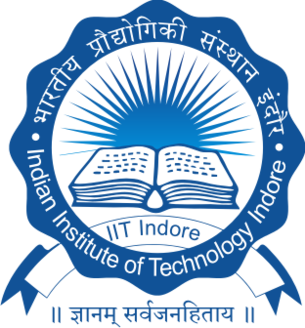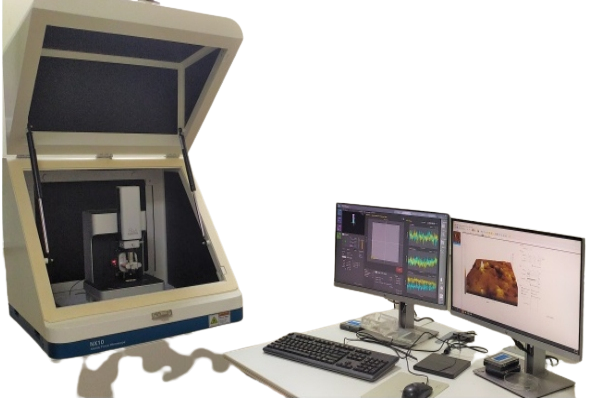Model
Park Systems NX10 Atomic Force Microscopy
Features
AFM is widely used for imaging friction between surfaces, the viscosity of liquids, the elasticity of materials, electrical forces, magnetic forces, conductivity, capacitance, and surface potential, among many other properties. AFM is one of the first 100% automated flexure-based scanning systems that offers its cutting-edge technology of ultra-fast, metrological, and high-resolution measurements for the most advanced materials research at the Nanoscale in all AFM and STM mode various Measuring modes, AFM is a powerful imaging and measurement technique that has become critical to nanoscale research and to industrial R&D in all of its possible forms. An excellent example is in the semiconductor industry, where AFM is used in quality control and imaging for silicon-integrated circuits.
Applications
- Semiconductor science and technology
- Tribology (surface and friction interactions)
- Surface chemistry
- Polymer chemistry and physics
- Cell Biology
- Molecular biology
- Energy storage (batter) and energy generation (photovoltaic) materials
- Piezoelectric and ferroelectric materials
- Semi-contact AFM in air/liquid
- Non-contact AFM; Phase Imaging
- Magnetic Force Microscopy (MFM)
- Kelvin Probe (Potential Surface Microscopy)
- Electric Force Microscopy (EFM)
- Piezo Response Force Microscopy
- Force curve measurements
- Nanolithography
- Conductive AFM
- Scanning Tunneling Microscopy STM
- Photocurrent Mapping
- Volt-ampere characteristic measurements.
Handled By Dr. Ravinder
ravinderk@iiti.ac.in


